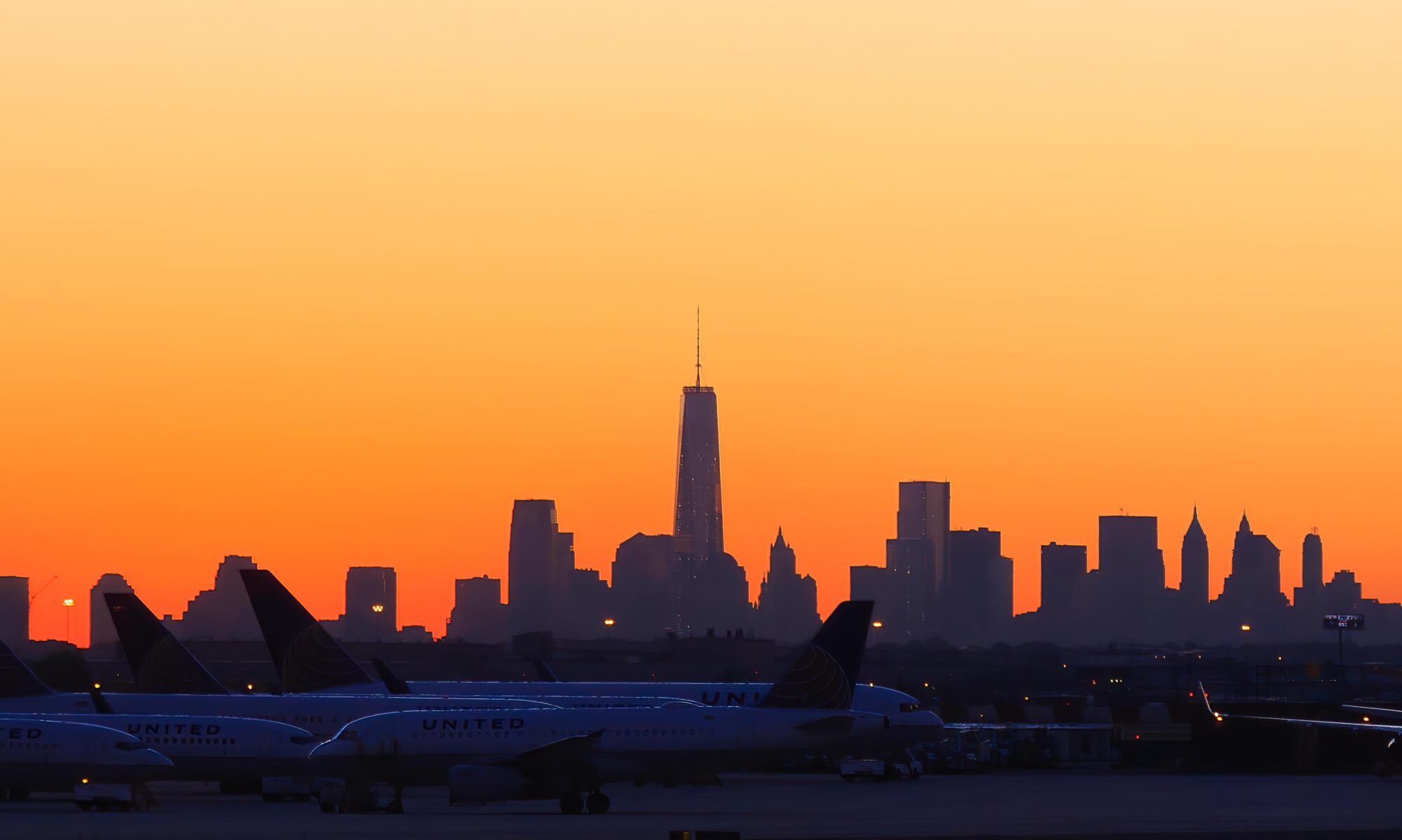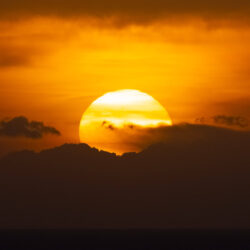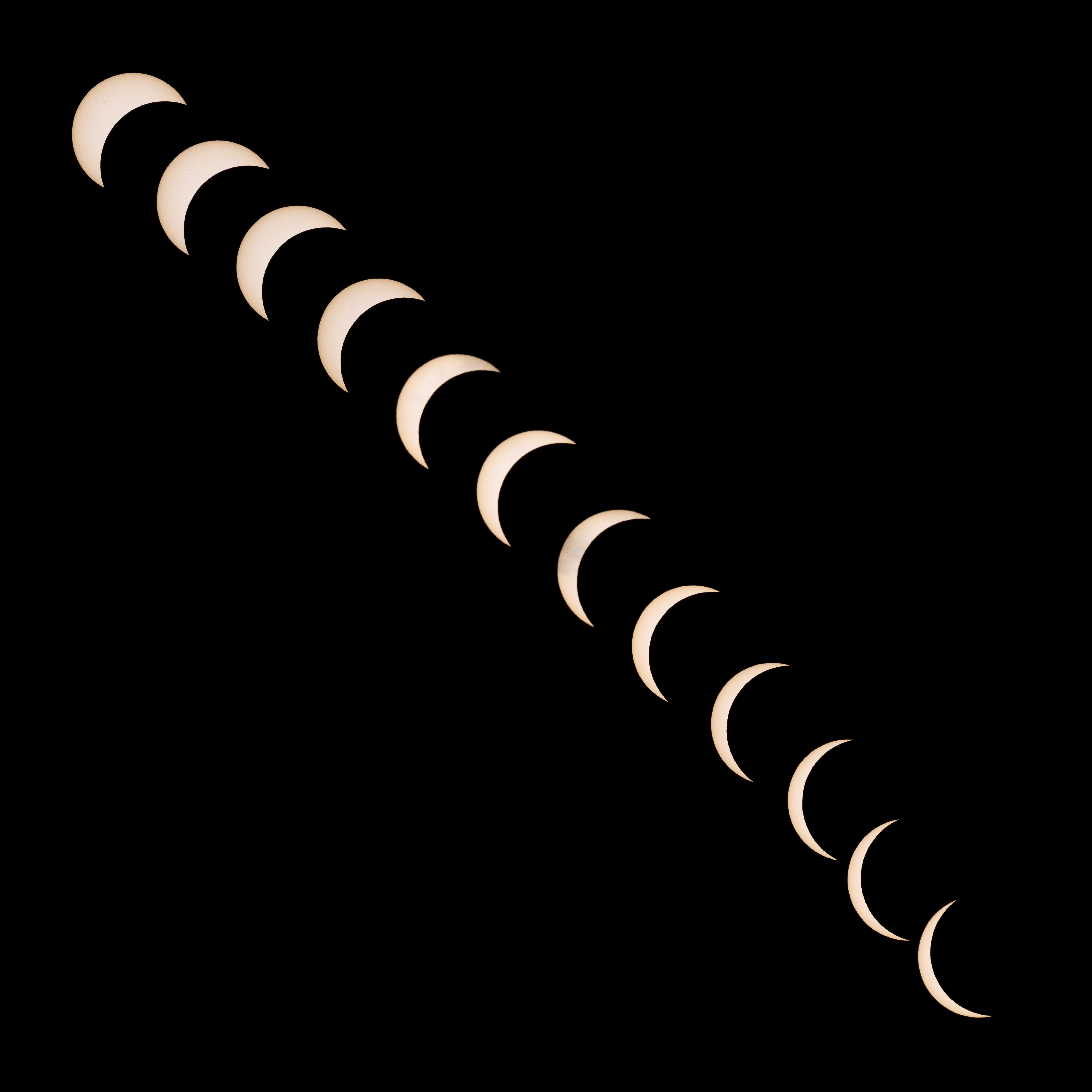We were fortunate to be able to see the Sun today for the solar eclipse as the weather forecasts weren’t particularly optimistic. Although we were about 250 miles away from the totality zone, we still did see 89% of the Sun obscured by the Moon!
We started observing the Sun at 2:55pm, about 25 minutes before the maximum eclipse.
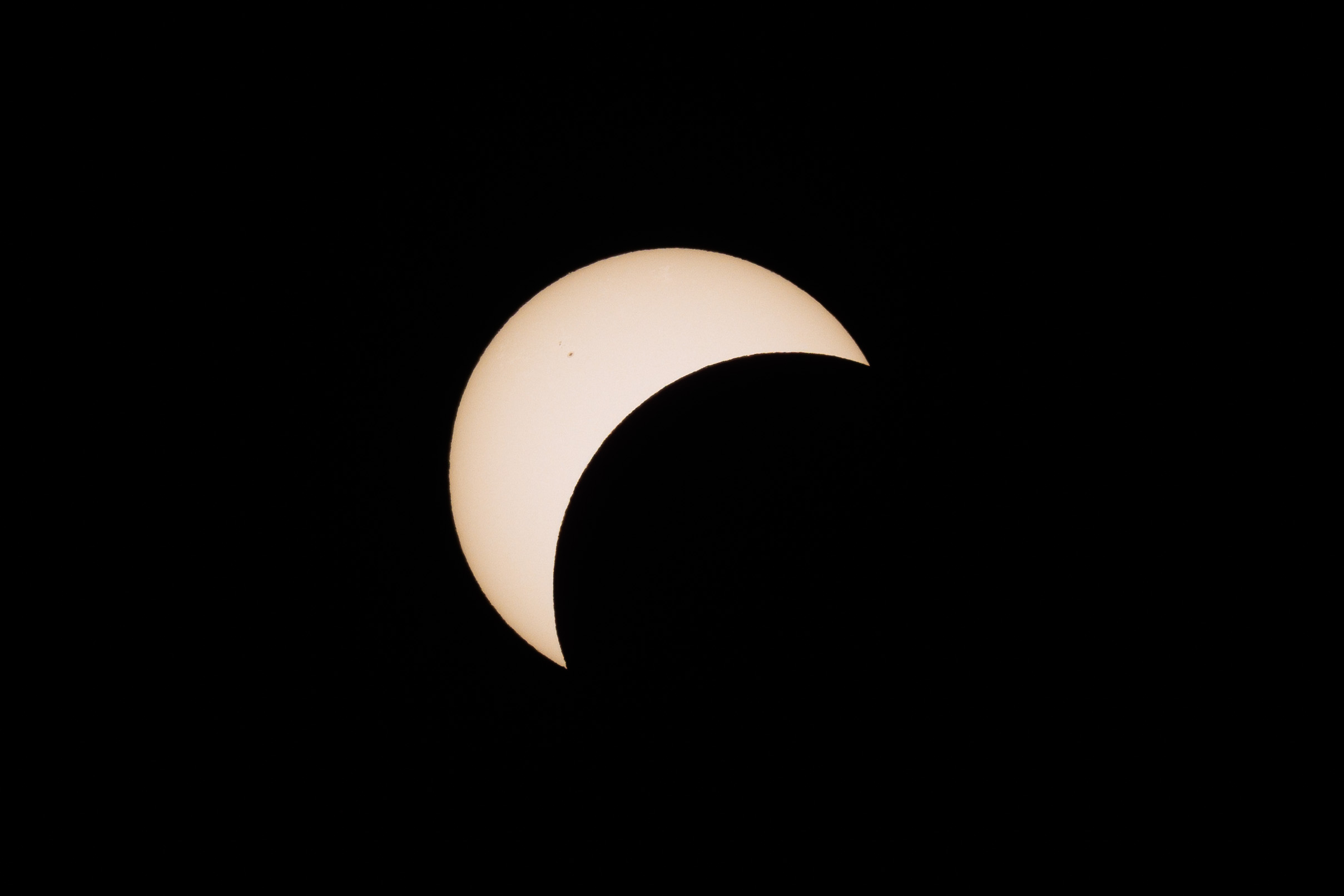
A large chunk of the Sun was already missing. It was about 68ºF outside, very comfortable weather. The sky was partly cloudy but most of the sky above was clear. Most importantly, we could see the Sun!
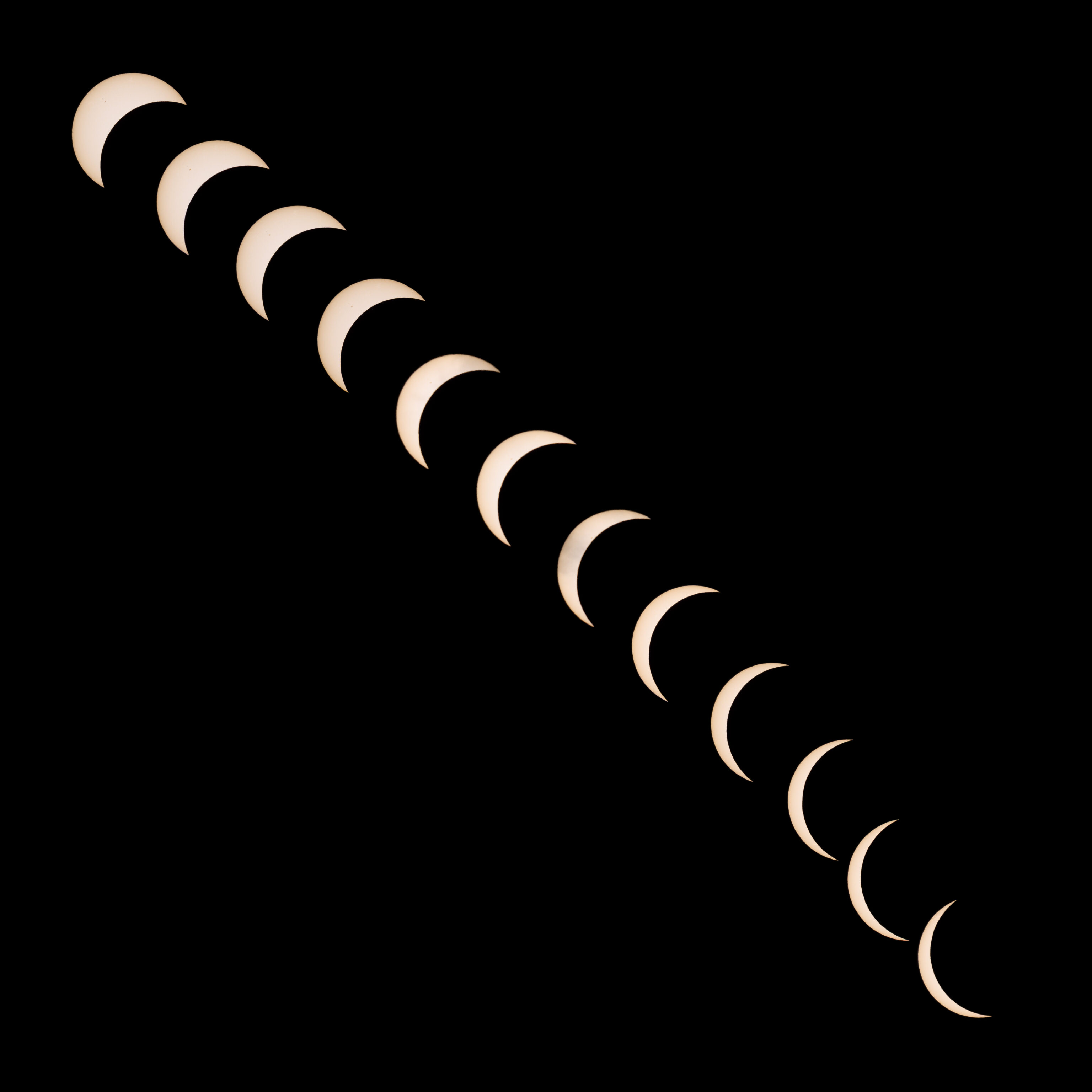
We observed the Sun get smaller and smaller over the next 25 minutes, or perhaps better described, more and more obscured. We could visually tell that it started to get darker over time and it felt colder as well.
Note: The above image is a composite of 12 individual photographs, each about two minutes and 15 seconds apart. The Sun’s position in the image does not reflect the actual position of the Sun.
This very short timelapse shows the actual movement of the Sun during the final 9 minutes before maximum eclipse.
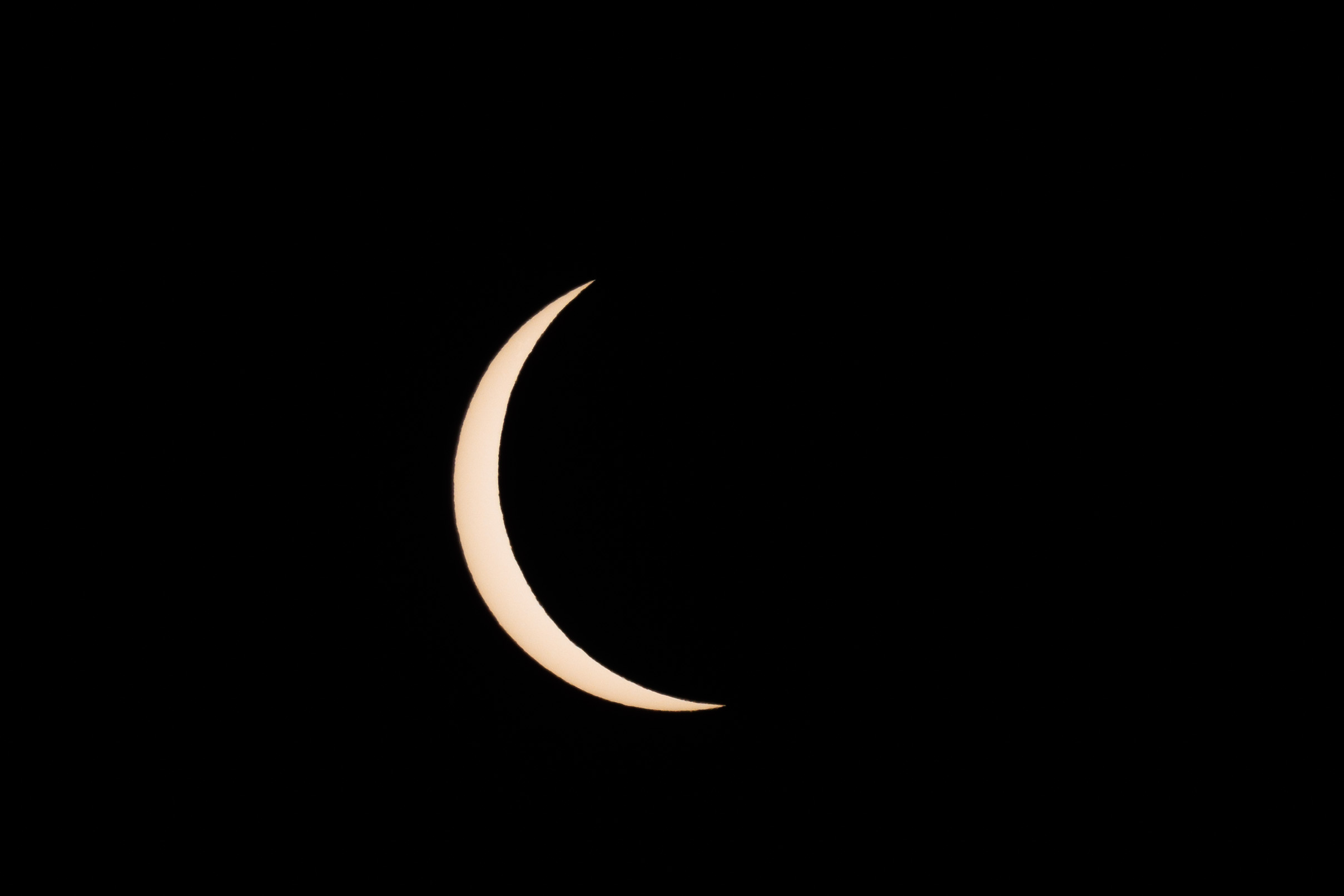
This was how the Sun appeared with 89% obscured by the Moon! We lucked out as immediately after, the Sun started to be obscured by clouds as the sky transitioned to a mostly cloudy state. During maximum eclipse, we could easily tell it was much darker than it normally would be. But the darkness had a very different appearance compared to sunset and sunrise as well as an overcast sky. It also felt a tad chilly as we no longer felt the hot warmth of the Sun against the skin, a bit like just after sunset or before sunrise.
The photographs here were captured with a 400mm lens and stacked 6 and 10 stop neutral density filters. The stacked filters allow about 0.0015% of light through. All frames were shot with a 1/1000 second exposure time and f/8 aperture. If my math is correct, this means I reduced the amount of light reaching the camera’s sensor by roughly 200,000 times compared against a normal daytime clear sky scene.
